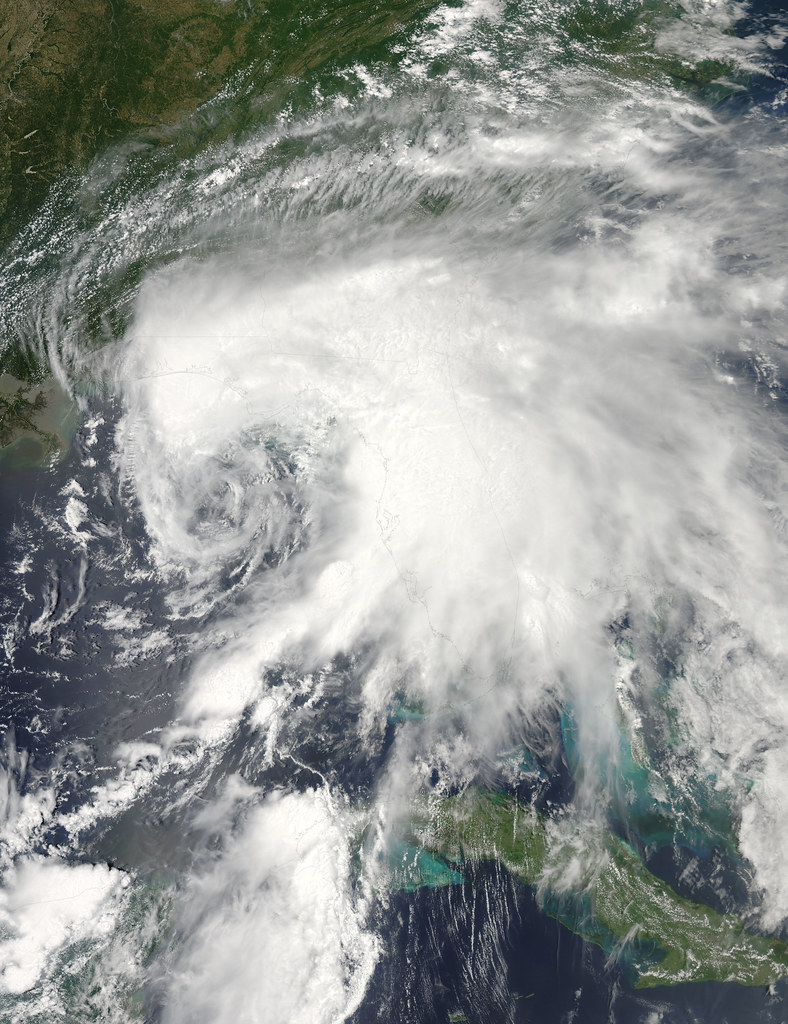
The landscape of American urban development is in constant flux, but certain regions are experiencing an undeniable surge, attracting new residents, businesses, and capital at an unprecedented rate. These dynamic metropolitan areas are not just growing; they are evolving into critical hubs of innovation, culture, and opportunity, redefining the nation’s economic map. Understanding the forces behind this rapid expansion is key for investors, entrepreneurs, and anyone keen on charting the future of the American economy.
This report delves into a curated list of the fastest-growing places across the United States, drawing insights primarily from the most recent US Census (2020) and related sources like worldometers, worldclimate.com, and bestplaces.net. We analyze what makes these cities and their surrounding metros — spanning states like Florida, Texas, and Arizona — veritable engines of growth. Our objective is to identify not only the cities leading this charge but also the fundamental causes propelling their rapid growth and expansion.
From tech innovation to robust job markets and appealing lifestyles, the following 13 cities represent the vanguard of America’s urban future. These are the places poised for significant impact and continued boom over the next five years and beyond, making them crucial points of focus for forward-looking analysis. Here, we present the first seven of these remarkable metropolitan areas, each a testament to distinct economic and social vitality.
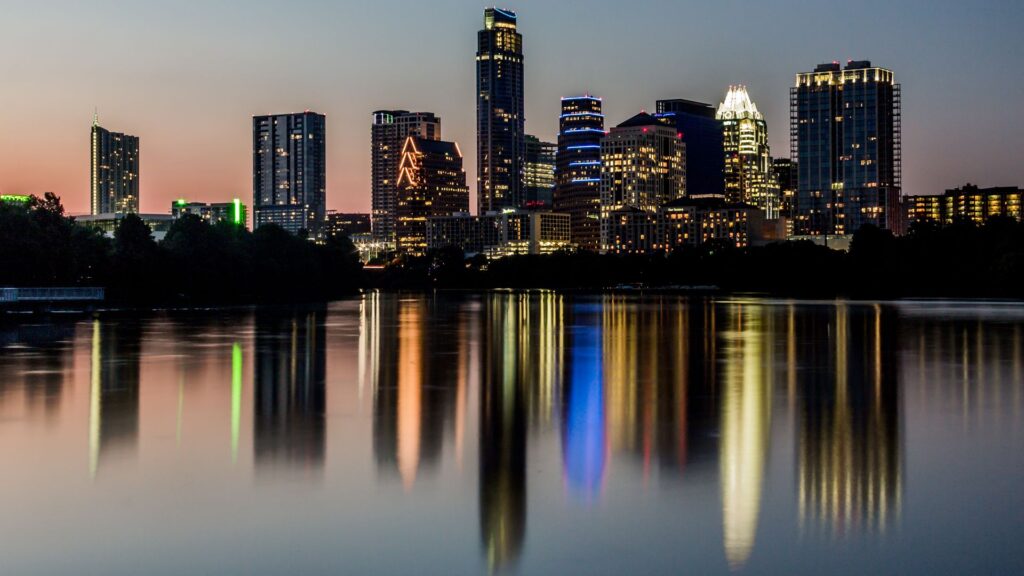
1. **Austin, Texas**Austin, Texas, and its encompassing metro area, Austin-Round Rock-Georgetown, TX, stand as a beacon of rapid growth, boasting a staggering 25.84% growth rate in its metro population between 2010 and 2023. The city’s current population estimate for 2023 is 979,882, with the metro area reaching 2,473,275. This expansion is fueled by a highly diverse populace that continuously integrates new people and ideas into the region.
A significant driver of this dynamism is the presence of over 51,000 students enrolled at the University of Texas at Austin, alongside several smaller colleges. These academic institutions are incubators for everything from vibrant musical performances and works by prominent researchers to cutting-edge computer technology, ensuring a constant flow of fresh talent and innovative thought into the community.
Austin has firmly established itself as a burgeoning tech hub. LinkedIn data from May 2020 to April 2021 revealed that Austin gained 217 tech workers for every 10,000 existing ones. Furthermore, as noted by Vyopta’s Alfredo Ramirez, major technology companies like Apple, Google, Facebook, Tesla, and Oracle have significantly expanded their workforces and office campuses within the Austin metropolitan area, solidifying its reputation as a leading destination for technological advancement.
The appeal of Austin extends beyond its robust job market. Residents enjoy a host of benefits, including year-round warm weather, although summers can be intensely hot for about three months. The city is renowned for its outstanding variety and quality of food, extensive parkland, lakes, and rivers offering numerous outdoor recreation opportunities, and a thriving live music scene available nearly anytime and anywhere. All these elements contribute to a strong sense of community that draws people in.
The Austin metro area encompasses a broad array of cities and towns, such as Round Rock, Leander, Georgetown, Cedar Park, Pflugerville, Kyle, Hutto, Brushy Creek, Buda, Lakeway, Lockhart, Manor, Talor, Wells Branch, and many smaller municipalities. Well-known employers, particularly within the tech industries, including startups, are prevalent throughout the area, alongside significant national, state, county, and city government presence, underscoring the region’s diverse economic base.
Read more about: Mel Taub: A Deeper Look at the Ingenious Mind Behind The Times’s Pun-Loving Puzzles

2. **Raleigh, North Carolina**The Raleigh-Durham-Cary, NC metro area, often referred to as the Research Triangle, demonstrates significant growth with a 19.84% increase in its metro population between 2010 and 2023. Raleigh’s city population is estimated at 482,295 in 2023, while the broader metro area stands at 2,368,947. This growth is intrinsically linked to its status as a hub of higher education and advanced research.
The area is home to numerous prestigious higher education institutions, including Duke University, The University of North Carolina at Chapel Hill, North Carolina Central University, Meredith College, Shaw University, William Peace University, and Durham Technical Community College. These academic powerhouses feed a constant stream of talent into the region’s economy, particularly into high-end research facilities like Research Triangle Park.
Beyond academia, the Raleigh-Durham area boasts a diverse employment landscape. Prominent employers include tech giants like Cisco Systems, IBM, Microsoft, Dell Technologies, and Apple, along with financial powerhouses like Fidelity Investments and professional services firms like Accenture and Deloitte. The presence of Novo Nordisk also highlights the region’s strength in the pharmaceutical and life sciences sectors, cementing its reputation as a significant tech hub.
However, the allure of the Research Triangle transcends its well-regarded employers and thriving tech industry. People are drawn to the region for its vibrant lifestyle, which includes great dining and entertainment options, a rich array of museums, and extensive parkland such as Umstead and Eno River State Parks. These amenities provide ample opportunities for outdoor recreation and foster a high quality of life.
Geographically, the Greater Triangle region is a tapestry of both larger cities and numerous smaller towns. Alongside Raleigh and Durham, municipalities like Cary, Chapel Hill, Apex, Wake Forest, Holly Springs, Garner, Morrisville, Clayton, and Carrboro contribute to the metro’s expansive and integrated community, offering diverse living environments within a dynamic economic zone.
Read more about: Fading Glory: Reliving 15 Defunct Sports Leagues and Iconic Teams That Vanished from the U.S. Landscape
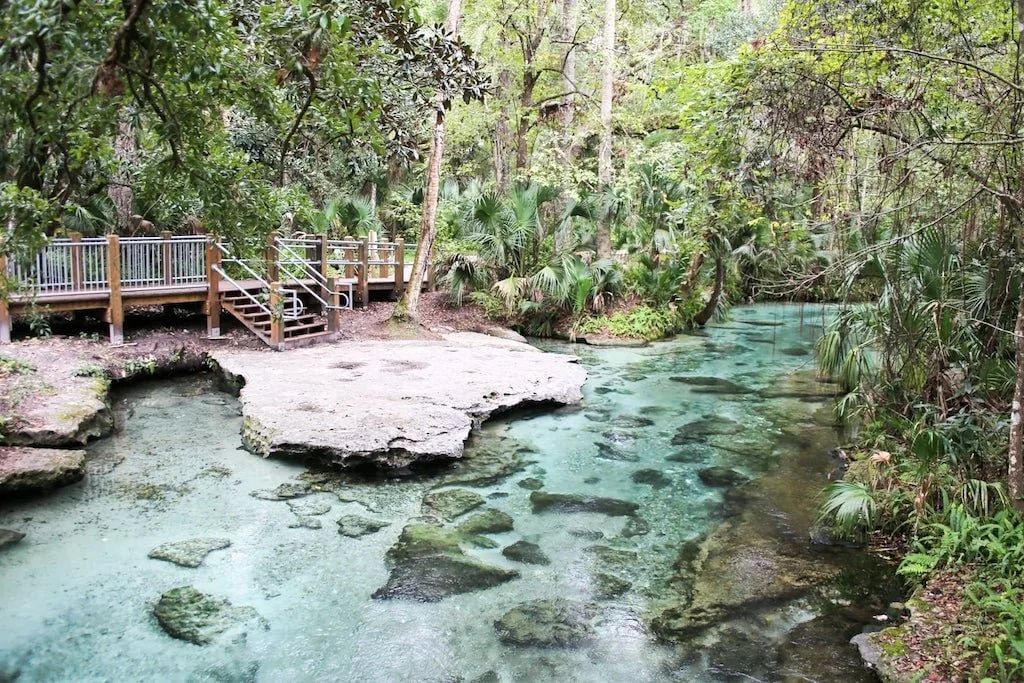
3. **Orlando, Florida**Orlando, Florida, and its surrounding metro area, Orlando-Kissimmee-Sanford, FL, exemplify Florida’s rapid expansion, showcasing a 19.69% metro growth rate from 2010 to 2023. The city of Orlando’s population reached an estimated 320,742 in 2023, with the metro area swelling to 2,817,933. While the city itself may appear moderately sized, its metro footprint is significantly larger and highly influential.
The region’s global recognition primarily stems from its unparalleled array of theme parks. Walt Disney World alone features four internal theme parks—Magic Kingdom, Animal Kingdom, Hollywood Studios, and Epcot—along with two water parks, Blizzard Beach and Typhoon Lagoon. Beyond Disney, Central Florida hosts at least 13 additional theme parks not affiliated with the entertainment giant, making it a world-renowned tourism destination.
Despite its strong tourism focus, Central Florida is also a compelling place to live and work, offering a robust and diversified economy. While many jobs are directly or indirectly linked to the theme park industry, other vital sectors are flourishing. These include healthcare, education, finance, real estate, and airlines. Additionally, Florida’s burgeoning retirement industry plays a significant role in the region’s economic vitality and population growth.
The Orlando metro extends far beyond the city limits, incorporating several other key locations. Significant cities and towns within this sprawling area include Kissimmee, with a population of 69,615; St. Cloud, home to 69,305 residents; and Sanford, with 61,051 inhabitants, along with numerous other municipalities exceeding 10,000 in population. This broad geographic spread contributes to the metro’s impressive size and economic reach.
Residents and businesses in Orlando benefit from an environment that balances world-class entertainment with practical economic opportunities. The mild climate, combined with a diverse job market and a constant influx of visitors and new residents, ensures that Orlando remains a vibrant and expanding metropolitan area, poised for continued growth in the coming years.
Read more about: Unearthing Cinematic Treasures: 11 Must-See Hidden Gem Movies You Absolutely Can’t Miss!

4. **Charleston-North Charleston, South Carolina**Charleston-North Charleston, SC, presents a compelling narrative of growth in a historically rich setting, with its metro area experiencing an 18.5% growth rate from 2010 to 2023. The city of Charleston’s population estimate for 2023 is 155,369, while the metro area now stands at 849,417. This metro is distinct due to its historical roots, dating back to 1670, making it one of the oldest US settlements.
Its unique geography, surrounded on three sides by water and island clusters, means the peninsula itself has limited room for expansion, thereby perfectly preserving its historical charm. This commitment to historical preservation ensures that Charleston maintains its unique character, drawing residents and tourists alike who appreciate its distinctive blend of past and present. The adjacent banks, islands, and North Charleston provide the modern amenities and suburban conveniences typically found in larger metros.
Economically, Greater Charleston exhibits a polarized income distribution, with a higher concentration of residents in the under $15K and the $75K to $150K brackets, indicating a less robust middle-income segment. Despite this, the job market has shown resilience, increasing by 0.7% over the last year. Furthermore, job growth over the next ten years is predicted to be an impressive 35.9%, surpassing the US average of 33.5%, signaling strong future economic prospects.
Charleston is also a notable destination for retirees, with 17% of its area residents over 65. The appeal for seniors lies in the warm weather, generous tax exemptions, and a stellar location. The city has proactively built an economy to accommodate this demographic, offering services and facilities tailored to older residents. Low-income residents often gravitate towards inland North Charleston, while those with greater financial means tend to settle closer to the ocean.
The Charleston metro comprises a network of distinct cities and towns, including North Charleston, Mount Pleasant, Summerville, Goose Creek, Hanahan, Moncks Corner, and James Island. These communities collectively contribute to the metro’s economic and social fabric, creating a diverse region that manages to blend historical preservation with dynamic growth and a forward-looking economic outlook.

5. **Houston, Texas**Houston, Texas, anchors a truly massive metropolitan area, Houston-The Woodlands-Sugar Land, TX, which has experienced a substantial 17.36% growth in its metro population from 2010 to 2023. The city of Houston itself boasts an estimated 2,314,157 residents in 2023, with the sprawling metro encompassing an impressive 7,510,252 people. This vast region is defined by not just cities and towns, but nine distinct counties: Austin, Brazoria, Chambers, Fort Bend, Galveston, Harris, Liberty, Montgomery, and Waller.
Surrounding Houston are several larger cities, each contributing significantly to the metro’s population and economic activity. These include The Woodlands, Sugar Land, Pearland, League City, Pasadena, Galveston, Conrow, and Baytown. Notably, five of these cities individually exceed a population of 100,000, and all surpass 50,000, highlighting the sheer scale and decentralization of the Greater Houston area, alongside numerous smaller communities.
Houston’s appeal is multifaceted, driven by a job market that is rapidly recovering from recent challenges, a relatively low cost of living, and generally pleasant weather for much of the year. These factors make it an attractive destination for individuals embarking on new careers or raising families. While the city experiences extreme summer heat, high humidity, occasional hurricanes, and long commuting times, these drawbacks are often outweighed by the abundant opportunities and vibrant lifestyle.
The economic backbone of Houston is diverse, with top employers ranging from retail giants like Walmart to extensive hospital and healthcare facilities, and major supermarket chains. United Airlines maintains its headquarters in Houston, and the region is globally recognized for its prominent oil businesses and refineries, which form a significant part of its industrial landscape and employment base.
Furthermore, Houston is an educational powerhouse, hosting over 40 colleges and universities. Esteemed institutions such as the University of Houston, Rice University, and the University of St. Thomas contribute to a highly educated workforce and a culture of innovation. The University of Texas medical branch in suburban Galveston further enhances the region’s academic and research capabilities, cementing Houston’s status as a dynamic and growing economic center.
Read more about: Unraveling the Roots of a Legend: Elvis Presley’s Journey Before His Family Began
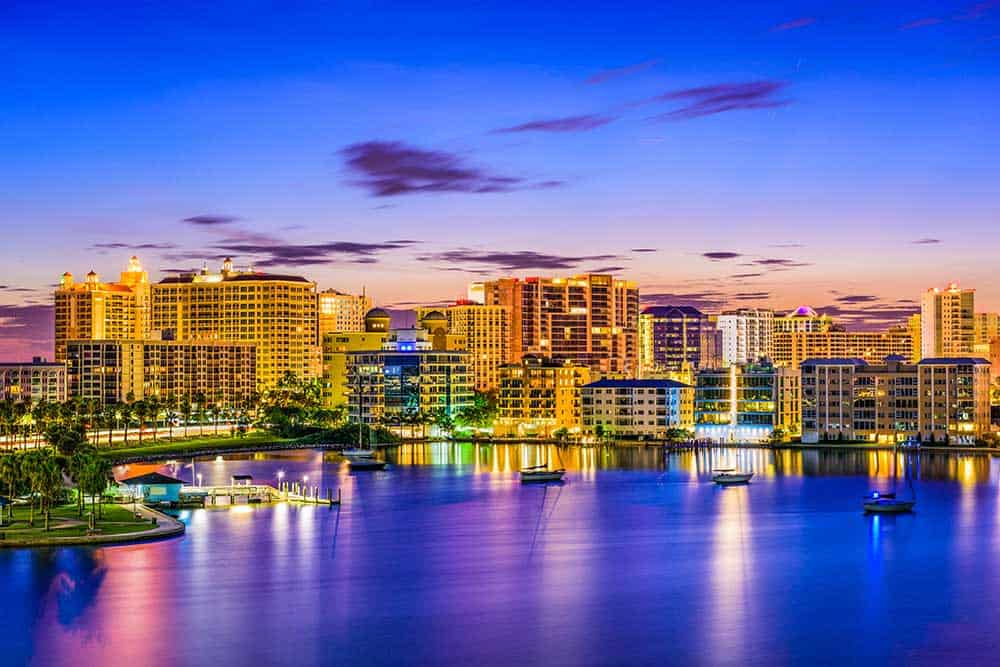
6. **Sarasota-Bradenton, Florida**The North Port-Sarasota-Bradenton, FL metro area stands out with a remarkable 16.81% growth rate from 2010 to 2023, underscoring its appeal within Florida’s booming landscape. While Sarasota and Bradenton are anchor cities, the metro is geographically dispersed and spans four counties: Sarasota, Manatee, Charlotte, and DeSoto. The current population estimate for the metro is 910,108 in 2023, reflecting its significant expansion.
This metro region is characterized by its stunning natural environment, lying south of Tampa Bay and bordered by a series of long, narrow barrier islands that stretch from north to south. While much of the interior consists of swampland, the coastal areas are highly developed and desirable. The cities of Sarasota and Bradenton, each with populations roughly around 60,000, are complemented by numerous other communities along the coast and sometimes inland.
Key communities within this expansive metro include North Port, which is the largest after the two anchor cities with close to 75,000 residents, and Venice, with just over 25,000. Other notable places are Palmetto, Longboat Key, Holmes Beach, and Anna Maria, along with Bradenton Beach. A significant portion of the metro’s population resides in 39 census-designated places, ranging in size from Port Charlotte (around 60,000 residents) to tiny Gardner, with only a few hundred, illustrating the diverse nature of its settlements.
Like many parts of Florida, the Sarasota-Bradenton metro thrives on a robust tourism industry, capitalizing on its abundant parkland and pristine ocean beaches. Beyond tourism, the area supports several colleges and universities, contributing to a skilled workforce. Its economy is also bolstered by strong healthcare, manufacturing, and various service industries, including a significant recreation sector.
The job market in greater Sarasota has demonstrated exceptional vitality, experiencing a 2.6% growth in 2021. The forecast for job growth over the next decade is an impressive 44.6%, significantly exceeding the US average of 33.5%. This strong projection positions Sarasota-Bradenton as a prime location for economic opportunity and continued population influx, driven by both its natural beauty and diverse industrial base.
Read more about: Discover Your Sunshine State Sanctuary: Exploring Florida’s Most Sought-After Retirement Havens for 2025
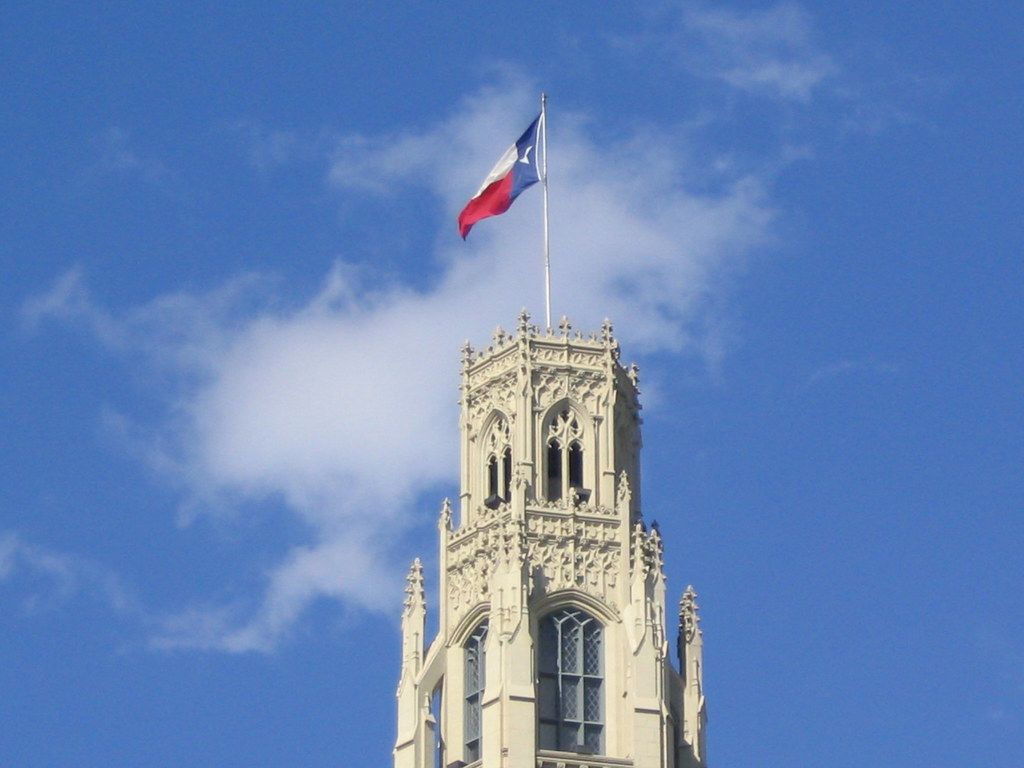
7. **San Antonio, Texas**San Antonio, Texas, and its metro area, San Antonio-New Braunfels, TX, represent a vibrant and rapidly expanding region, having achieved a 16.59% growth rate in its metro population between 2010 and 2023. The city of San Antonio’s population is estimated at 1,495,000 in 2023, with the metro area reaching 2,703,999. San Antonio holds a deep military heritage, dating back to 1718 with the founding of the San Antonio de Bexar Presidio.
This historical connection continues to define the city’s identity, with the Alamo serving as a prominent monument to Texas’s battle for independence in 1836. Today, San Antonio is home to one of the largest concentrations of military bases in the country, including Joint Base San Antonio Fort Sam Houston, which hosts the Department of Defense’s largest medical center. This robust military presence is a cornerstone of the local economy.
The US military remains a major employer, providing diverse occupations across various branches to a substantial portion of San Antonio’s population. Civilians in the metro pursue careers in a variety of sectors, including tourism, healthcare, manufacturing, and services, many of which are directly or indirectly affiliated with the military bases and related facilities, creating a resilient job market.
Metro San Antonio offers an attractive and affordable living environment, with housing and other costs significantly lower than in other prominent Texas cities and their metros. The region enjoys sunny weather year-round, though summers can be hot. A popular hub for social activity is the scenic Riverwalk, where residents and visitors alike gather for dining and vibrant nightlife, enhancing the city’s appeal.
The San Antonio metro extends across eight counties: Atascosa, Bandera, Bexar, Comal, Guadalupe, Kendall, Medina, and Wilson. Key cities and towns within this expansive area include New Braunfels, Canyon Lake, Cibolo, Converse, Seguin, Scherz, Hondo, and Timberwood Park. These communities contribute to a rich cultural tapestry and a continuously growing region that skillfully balances historical significance with modern economic opportunities and an appealing lifestyle.
Continuing our exploration of America’s emerging economic powerhouses, we now turn our attention to six additional high-growth metros that are demonstrating robust potential for sustained expansion over the next five years. These cities, like those previously highlighted, are attracting significant investment and a growing population, fueled by a unique blend of economic dynamism and desirable living conditions. Each represents a distinct blueprint for urban success, showcasing diverse strengths and promising future prospects.
Read more about: Unraveling the Roots of a Legend: Elvis Presley’s Journey Before His Family Began
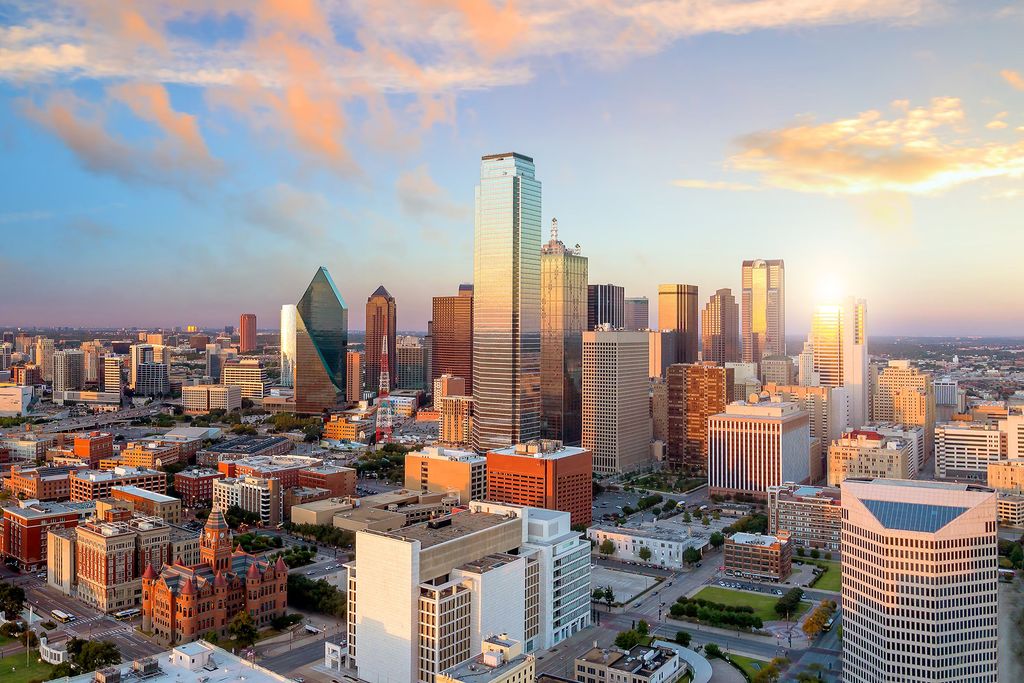
8. **Dallas-Fort Worth, Texas**Dallas-Fort Worth, affectionately known as “DFW” or “the Metroplex,” stands as a monumental testament to urban expansion, showcasing a substantial 16.58% growth in its metro population between 2010 and 2023. The metro area reached an impressive 8,100,037 residents in 2023, encompassing 11 distinct counties that form a vast economic landscape. Dallas, as the ninth-largest city in the U.S. with approximately 1.4 million residents, anchors this dynamism, serving as a vibrant center for business, high-end shopping, spectator sports, fine dining, and a thriving arts scene.
Dallas-Fort Worth, affectionately known as “DFW” or “the Metroplex,” stands as a monumental testament to urban expansion, showcasing a substantial 16.58% growth in its metro population between 2010 and 2023. The metro area reached an impressive 8,100,037 residents in 2023, encompassing 11 distinct counties that form a vast economic landscape. Dallas, as the ninth-largest city in the U.S. with approximately 1.4 million residents, anchors this dynamism, serving as a vibrant center for business, high-end shopping, spectator sports, fine dining, and a thriving arts scene.
In stark contrast yet complementary, Fort Worth, home to nearly a million residents, offers a more traditional Texan lifestyle. It prides itself on hosting the country’s oldest stock show and rodeo, the Southwestern Exposition and Livestock Show, and is unique for its twice-daily cattle drive. This dual identity—cosmopolitan sophistication in Dallas and rugged heritage in Fort Worth—contributes significantly to the Metroplex’s broad appeal, catering to diverse preferences.
DFW’s expansive metropolitan area includes several thriving secondary cities, each contributing significantly to its overall growth. Arlington, Plano, Garland, Irving, and Frisco each boast populations exceeding 200,000 residents. Additionally, cities such as McKinney, Grand Prairie, Denton, Mesquite, Carrollton, Richardson, Lewisville, and Allen all surpass 100,000 residents, illustrating the sheer scale and decentralized nature of this economic giant. Hundreds of smaller communities further enrich the fabric of the Greater Dallas-Fort Worth area, creating a highly integrated and diverse urban environment.
The economic might of the Metroplex is undeniable, evidenced by the impressive roster of major corporations headquartered here. These include American Airlines, Alcon, BNSF Railway, Lockheed Martin Aeronautics, Bank of America, JP Morgan Chase & Co., Southwest Airlines, and Raytheon. Such a concentration of industry leaders in various sectors—from aviation and finance to technology and defense—acts as a powerful magnet, consistently drawing a considerable variety of newcomers seeking robust employment opportunities and career advancement.
Read more about: Travel Hacking for Beginners: Your Actionable Guide to Earning a Free Domestic Flight in 6 Months
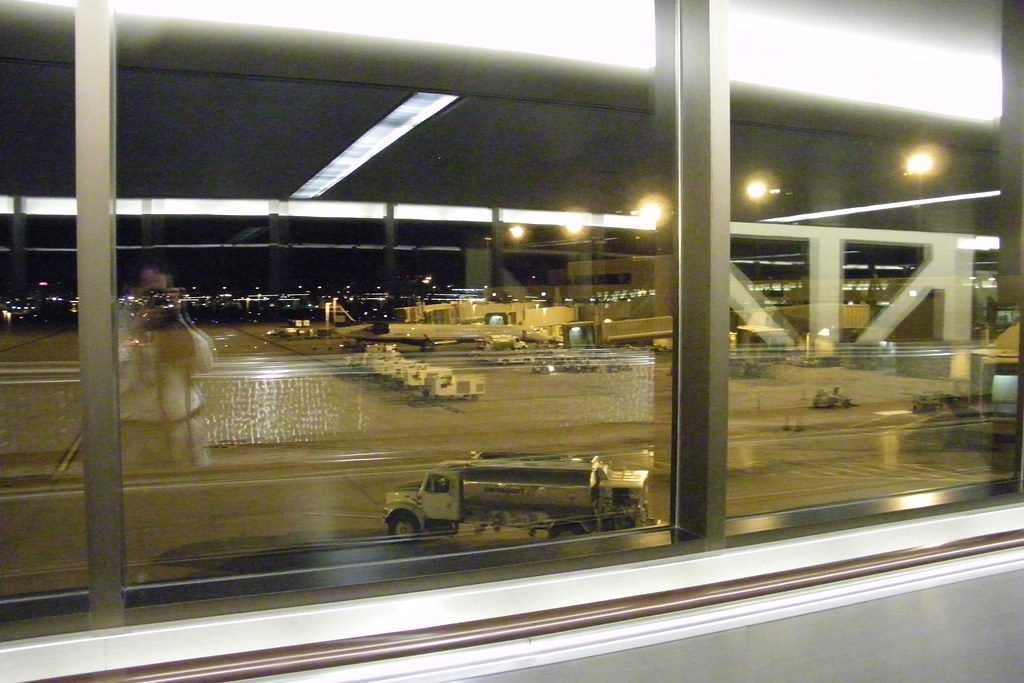
9. **Phoenix, Arizona**The Phoenix-Mesa-Chandler, AZ metro, often referred to as the “Valley of the Sun” or “Salt River Valley,” is the largest metropolitan statistical area by population in the U.S. Southwest. This expansive region encompasses a large swath of Central Arizona, experiencing a remarkable 15.61% growth rate in its metro population. By 2023, the metro’s population reached 5,070,110, solidifying its position as the tenth most populous in the U.S., a milestone achieved by surpassing Boston in the 2020 Census.
The sheer scale of Greater Phoenix’s population growth is attributed to its central anchor city, Phoenix, which is quickly approaching 1.7 million residents. Beyond the core, the metro is supported by 21 other cities and towns, ranging in population from 10,000 to over 250,000. Key suburbs, exurbs, and secondary cities include Mesa, with over 500,000 residents; Chandler and Gilbert, both approaching 300,000; and Glendale, Scottsdale, Tempe, and Peoria, all boasting populations between 150,000 and 300,000. These communities collectively fuel the region’s impressive demographic expansion.
Greater Phoenix’s economy is notably diverse, with its warm winters serving as a primary draw for “snowbird” retirees. This influx has, in turn, fueled the development of expansive healthcare systems, complemented by numerous retirement communities and associated services. Beyond catering to its senior population, the Phoenix metro boasts significant contributions from various industries including retail, a robust hospitality and tourism sector, administrative support, education, and finance, ensuring a resilient and broad-based economic foundation.
Despite its thriving industrial landscape, agriculture plays a limited role in the Phoenix metro’s economy. The region’s ongoing appeal for businesses and individuals is bolstered by a favorable business climate and abundant sunshine, making it an attractive destination for both economic development and a high quality of life. This blend of economic opportunity and appealing lifestyle factors positions Phoenix for continued substantial growth in the years ahead.
Read more about: Decoding Property Taxes: Your Essential State-by-State Guide for New Homeowners
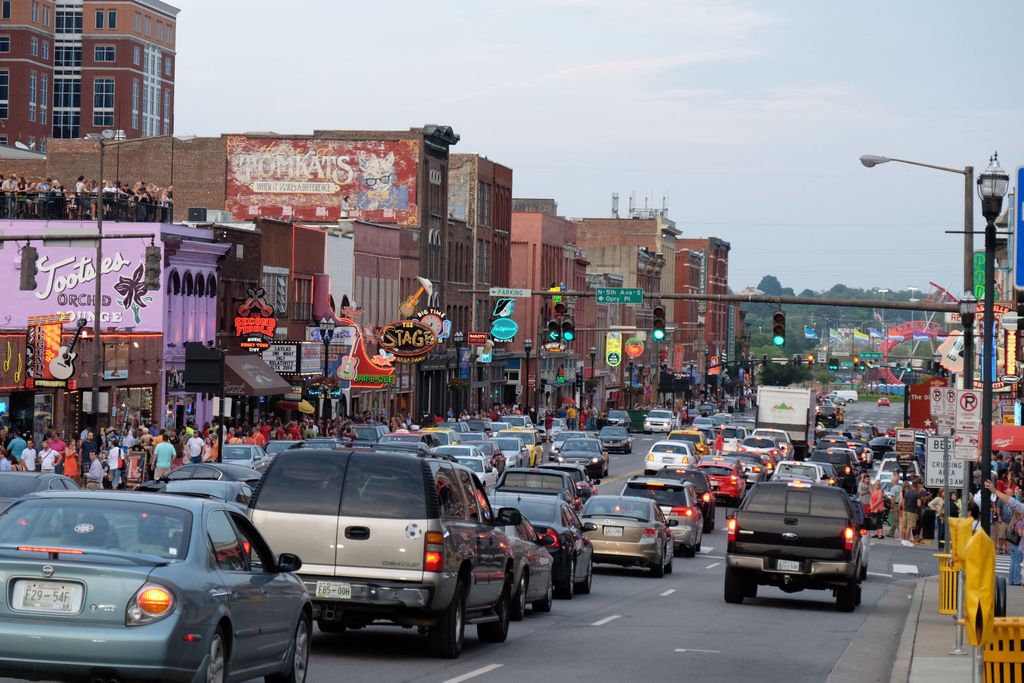
10. **Nashville, Tennessee**Nashville, a city renowned globally as the heart of country music, is far more than just a cultural landmark; it’s a rapidly expanding economic hub. The city itself, pushing 900,000 residents (715,884 in 2022), is part of an extensive metro area, Nashville-Davidson-Murfreesboro-Franklin, TN, which recorded a 15.35% growth rate and a population of 2,104,235 in 2023. This growth extends beyond its core, embracing a network of vibrant communities.
Key secondary cities contributing to Nashville’s metropolitan growth include Murfreesboro, with a population of 152,769, and Franklin, home to 83,454 residents. Additionally, Hendersonville, Smyrna, and Spring Hill each exceed 50,000 in population. Dozens of smaller locales further round out the metro’s population, creating a diverse and integrated community that balances urban amenities with suburban charm, all while maintaining a steady influx of new residents and businesses.
While tourism, especially centered around its iconic country music scene, remains a significant hallmark of Nashville’s appeal, the city’s economic foundation is impressively diversified. The metro area boasts several comprehensive healthcare providers, forming a critical sector of its economy. Furthermore, the presence of esteemed educational institutions like Vanderbilt University and Austin Peay State University ensures a steady supply of skilled talent and fosters an environment of innovation and academic excellence.
The Nashville metro is also a significant corporate center, hosting the headquarters of several prominent businesses. These include Asurion, a technology insurer; Bridgestone Americas Inc.; Cracker Barrel Old Country Store Inc.; The ICEE Company; iHeartMedia; Mitsubishi Motors; Nissan North America; and Tractor Supply. This strong corporate presence, combined with a blossoming job market and an “exploding entertainment scene,” as noted by a U.S. News & World Report survey, fuels an appetite for locally sourced and artisanal crafts, drawing people for both its unique culture and abundant employment opportunities.
Read more about: Carl Dean’s Final Testament: Inside the Heartfelt Will Revealing His Enduring Love for Dolly Parton

11. **Charlotte, North Carolina**Charlotte, North Carolina, known as “Metrolina,” is rapidly approaching a million residents (911,311 in 2023) and anchors a sprawling metro area of roughly 2.5 million (2,805,115 in 2023) that extends into neighboring South Carolina. This strategic location in the Piedmont region has contributed to its remarkable 15.33% metro population growth, making it a prominent economic force in the Southeast and a magnet for both businesses and new residents.
The city has solidified its status as a major financial hub, housing the corporate headquarters of Bank of America and Truist Financial, alongside the east coast headquarters of Wells Fargo. This concentration of banking giants has established Charlotte as the second-largest city for banking in the U.S., trailing only New York City, a distinction it has held since the Civil War. This robust financial sector is a primary driver of its economic prosperity and job creation.
Beyond finance, Greater Charlotte boasts strengths in several other vital industries, including healthcare, a thriving logistics and distribution sector, and advanced manufacturing. Charlotte Douglas International Airport further enhances its economic significance, serving as a key hub for American Airlines. This diverse industrial base provides a wide array of employment opportunities, fostering a resilient and dynamic job market that attracts talent from across the nation.
Charlotte is also an educational hub, home to nine colleges within the city limits and an additional 30 institutions within a 50-mile radius. These include notable institutions such as the University of North Carolina at Charlotte, Queens University of Charlotte, Johnson C. Smith University, and Central Piedmont Community College. The presence of these academic centers contributes to a highly educated workforce and a culture of continuous learning and innovation, further bolstering the region’s appeal for both residents and businesses. Additionally, the region is known for its professional sports teams and offers abundant year-round outdoor recreation opportunities.
The Charlotte metro area is comprised of a network of thriving cities and towns. Concord, to the northeast, is the largest outside Charlotte with over 105,240 residents. Other significant municipalities include Gastonia (80,411) to the west, Rock Hill (74,372) to the southeast, Huntersville (61,376) north of the city, and Mooresville (50,193) farther north. These cities, all exceeding 50,000 in population, along with dozens of smaller communities, contribute to the metro’s integrated economic and social fabric.
Read more about: Navigating the Post-Grad Landscape: The Most Affordable College Towns for Recent Graduates
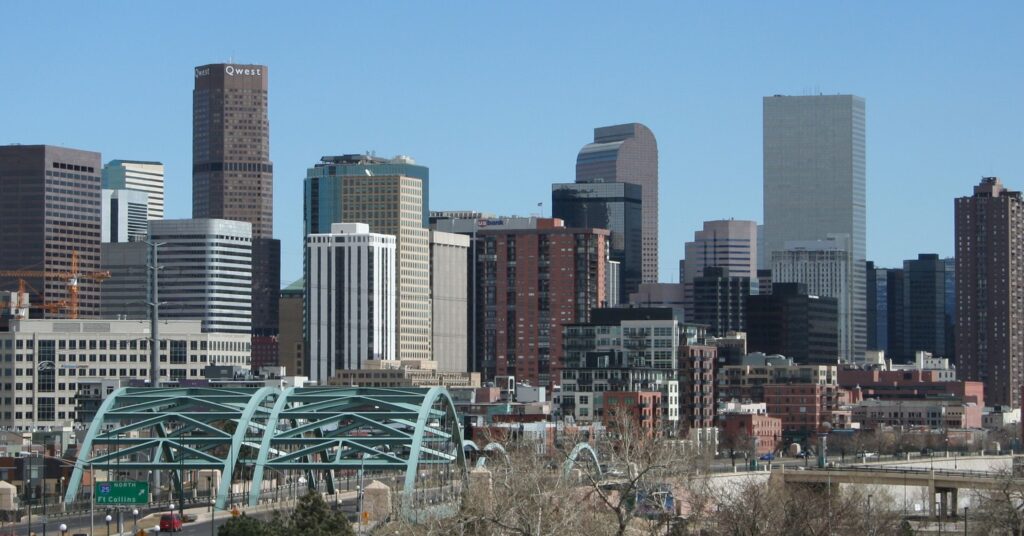
12. **Denver, Colorado**Metro Denver, a clearly defined region encompassing parts of 10 counties, sits strategically along the vital north-south (I-25) and east-west (I-70) interstates. With sparsely-populated Eastern Plains to its east and the majestic Rocky Mountains to its west, this area boasts a significant 14.64% growth rate in its metro population, reaching 3,005,131 residents in 2023. This unique geographical setting provides both natural beauty and a pivotal economic corridor.
The Greater Denver area is characterized by a robust network of secondary cities, each with populations exceeding 100,000. These include Arvada (124,402), Aurora (386,261), Centennial (108,418), Lakewood (155,984), Thornton (141,867), and Westminster (116,317). Further afield, larger cities like Boulder, Longmont, and Loveland are within an hour’s commuting distance, expanding the economic reach of the metro. Additionally, 21 more cities and towns, ranging from 10,000 to 100,000 residents, such as Littleton, Golden, and Castle Rock, along with numerous smaller places, contribute to this dynamic urban landscape.
The “corridor” that forms the Denver metro is both well-populated and heavily developed, supporting a diverse array of industries. From a thriving food and beverages sector, famously including numerous microbreweries, to cutting-edge aviation and aerospace, and a booming software industry, Denver presents a rich tapestry of economic opportunity. The healthcare and wellness sectors also play a significant role, making Denver an increasingly popular place for tech entrepreneurs to establish new ventures and drive innovation.
Overall, the Denver metro offers an inspiring place to live and work. It is widely recognized for individual sports like skiing, capitalizing on its proximity to the Rocky Mountains, and for its professional competitive sports scene. Despite these appealing attributes and its rapid growth, one area for improvement noted is the presence of fewer public green spaces than might be expected for a metropolitan area of its size and natural beauty. However, its strong economy and lifestyle continue to attract a steady stream of new residents.
Read more about: A Detailed Look at Oprah Winfrey’s Multi-Million Dollar Real Estate Portfolio: Uncovering the Strategic Investments of a Media Icon
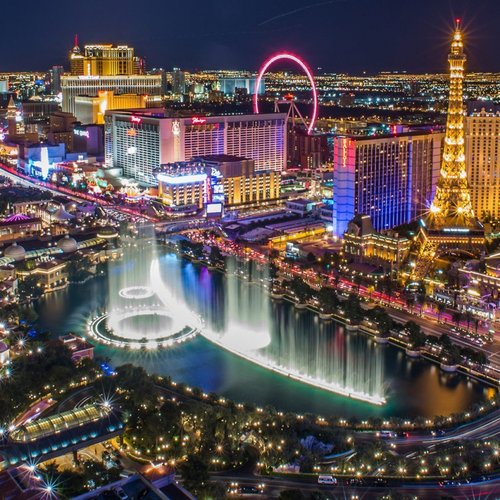
13. **Las Vegas-Henderson-Paradise, Nevada**The Las Vegas Valley, a dynamic metropolitan area, covers a significant fraction of Clark County, a region comparable in size to New Jersey. This bustling metro, encompassing the cities of Las Vegas, North Las Vegas, and Henderson, along with unincorporated towns like Summerlin South, Paradise, and Spring Valley, has experienced a robust 14.15% growth rate in its metro population. By 2023, the metro reached 2,336,573 residents, with Nellis Air Force Base strategically located on its northeastern edge.
Significant urbanization has been a defining characteristic of the Las Vegas metro, propelling its population close to two million. This rapid growth, however, has led to the conversion of considerable desert land into sprawling industrial and commercial areas, including extensive housing plots. A prime example is the suburb of Henderson, a vast 106.6 square mile area, which has seen its population swell to 343,382 residents, growing by 7.62% since 2020, illustrating the scale of development.
The tourism industry remains the primary economic engine propelling the metro Las Vegas economy forward. With approximately 150,000 hotel rooms, the industry continues to expand, often through the demolition of older structures and the acquisition of new land for development. The attractions have diversified beyond traditional casinos and big-name shows, now including a significant focus on shopping, conventions, fine dining, and the area’s stunning outdoor natural beauty, all competing for tourist dollars.
Increasing numbers of retirees are also choosing to relocate to Las Vegas, drawn by opportunities ranging from housing to healthcare and, of course, gambling. While a cost of living spike was noted in 2024, the general absence of business and income taxes in Nevada continues to make the region an attractive destination for companies looking to relocate or expand their operations, ensuring a steady stream of economic activity and population influx.
The narrative of urban growth across the United States is one of constant evolution, driven by a complex interplay of economic opportunities, quality of life, and strategic geographical advantages. From the tech-fueled expansion of cities like Austin and the financial prowess of Charlotte, to the tourism-driven energy of Orlando and Las Vegas, these 13 metropolitan areas embody the forward momentum of the American economy. They stand as testaments to innovation, resilience, and the enduring appeal of dynamic communities, promising a vibrant and prosperous future for residents and investors alike. For those seeking the next frontier of growth, these cities represent not just statistics, but burgeoning ecosystems ripe with potential.

